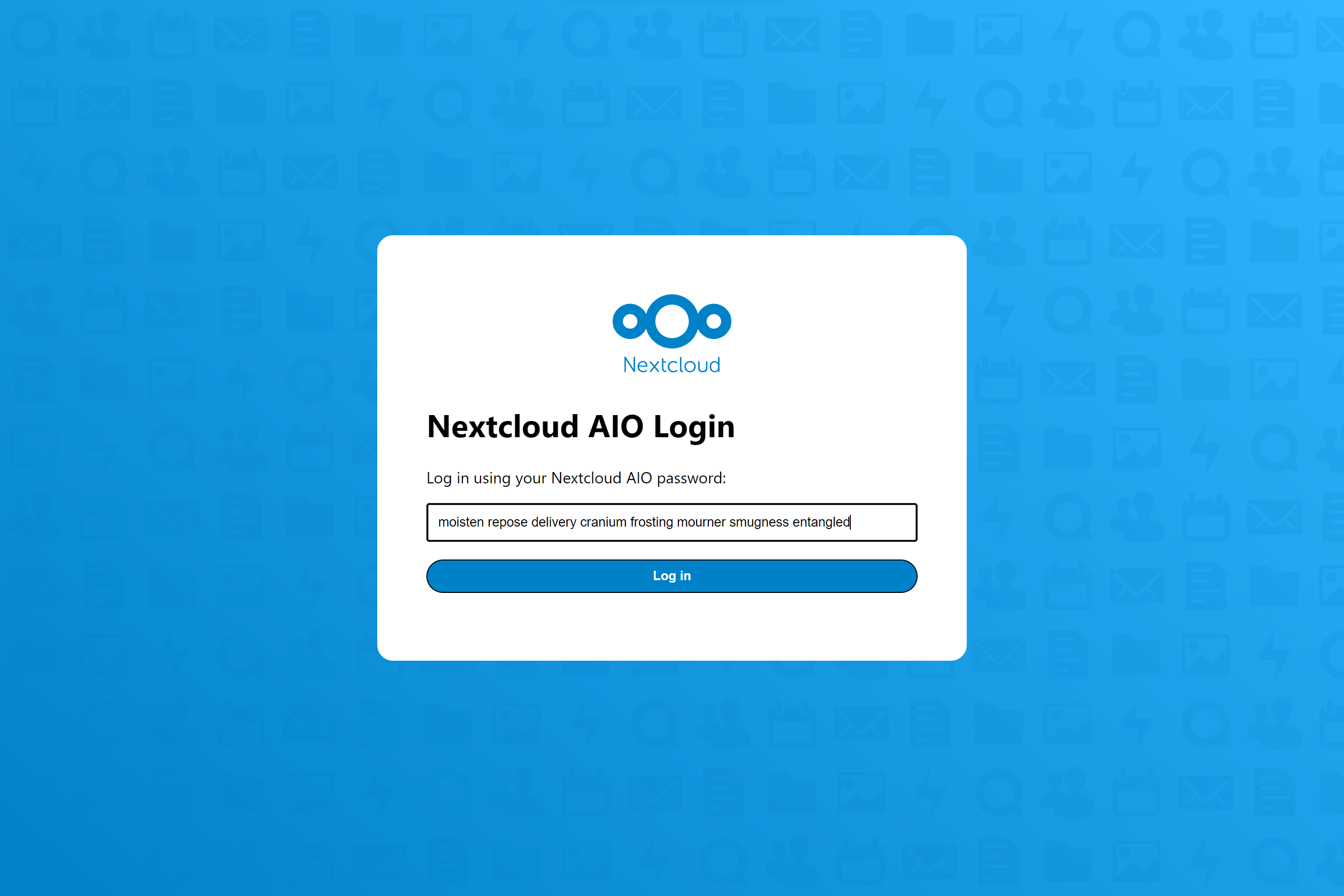How to Install Nextcloud on Linux

Nextcloud is a powerful open-source software that allows you to host your own cloud storage, calendar, contacts, and more on your Linux server. In this guide, we will walk you through the steps to install Nextcloud on your Linux machine.
Step 1: Install LAMP Stack
Before installing Nextcloud, you need to have a Linux server set up with a LAMP (Linux, Apache, MySQL, PHP) stack. You can install the LAMP stack by running the following commands:
sudo apt update
sudo apt install apache2 mysql-server php libapache2-mod-php php-mysql
After installing the LAMP stack, make sure to secure your MySQL installation by running the MySQL Security Script:
sudo mysql_secure_installation
Step 2: Create a Database
Next, you need to create a database and user for Nextcloud to use. Log into your MySQL server using the following command:
sudo mysql -u root -p
Then, create a new database and user with the following commands:
CREATE DATABASE nextcloud;
CREATE USER 'nextcloud'@'localhost' IDENTIFIED BY 'your_password';
GRANT ALL PRIVILEGES ON nextcloud.* TO 'nextcloud'@'localhost';
FLUSH PRIVILEGES;
Remember to replace your_password with a strong password.
Step 3: Download Nextcloud
Download the latest version of Nextcloud from the official website or use the following command to download and extract it:
sudo wget https://download.nextcloud.com/server/releases/nextcloud-21.0.2.zip
sudo unzip nextcloud-21.0.2.zip -d /var/www/html/
Change the ownership of the Nextcloud directory to the Apache user:
sudo chown -R www-data:www-data /var/www/html/nextcloud/
sudo chmod -R 755 /var/www/html/nextcloud/
Step 4: Configure Apache
Create a new Apache configuration file for Nextcloud:
sudo nano /etc/apache2/sites-available/nextcloud.conf
Add the following configuration to the file:
Alias /nextcloud "/var/www/html/nextcloud/"
Dav off
SetEnv HOME /var/www/html/nextcloud
SetEnv HTTP_HOME /var/www/html/nextcloud
Step 5: Enable Apache Modules
Enable the required Apache modules for Nextcloud to work properly:
sudo a2enmod rewrite
sudo a2enmod headers
sudo a2enmod env
sudo a2enmod dir
sudo a2enmod mime
Then, reload the Apache service to apply the changes:
sudo systemctl reload apache2
Step 6: Finish the Installation
Open your web browser and navigate to http://your_server_ip/nextcloud to complete the installation process. Follow the on-screen instructions to set up your admin account and connect Nextcloud to your MySQL database.
That’s it! You have successfully installed Nextcloud on your Linux server. You can now enjoy the benefits of hosting your own cloud storage and collaboration platform.
If you encounter any issues during the installation process, refer to the official Nextcloud documentation or seek help from the community forums.

